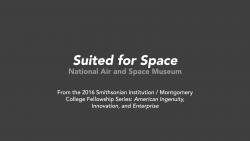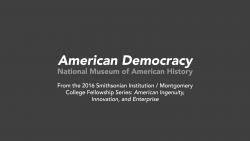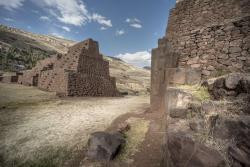Tess Porter
I'm the former User Experience Strategist at the Smithsonian Office of Educational Technology. Here, I focused on the use of digital museum resources to support teaching and learning. My work draws on my experience as a museum educator, digital analyst, usability researcher, and content designer. I hold a B.A. in Anthropology and a B.A. in Art History from University Colorado Boulder, and an M.S. in Museums and Digital Culture with an Advanced Certificate in User Experience from Pratt Institute.
Tess Porter's collections
American Ingenuity, Innovation, and Enterprise: National Air and Space Museum Seminar Resources
 Tess Porter
Tess Porter
American Ingenuity, Innovation, and Enterprise: National Museum of American History Seminar Resources
 Tess Porter
Tess Porter
Investigating: Civil War Portraits
 Tess Porter
Tess Porter
Understanding Ancient Civilizations through Artifacts
 Tess Porter
Tess Porter
Photographs of the Great Depression: Unveiling Stories
 Tess Porter
Tess Porter
The Bikini Atoll and Operation Crossroads: Unveiling Stories
 Tess Porter
Tess Porter
Achelous and Hercules: What makes you say that?
 Tess Porter
Tess Porter
Ancient Egyptian Stelae: See Think Wonder
 Tess Porter
Tess Porter
Civil Rights Sculpture: Claim Support Question
 Tess Porter
Tess Porter
Edgar Allan Poe: Examining Portraiture
 Tess Porter
Tess Porter
Walt Whitman: Examining Portraiture
 Tess Porter
Tess Porter
Richard Wright: Examining Portraiture
 Tess Porter
Tess Porter




